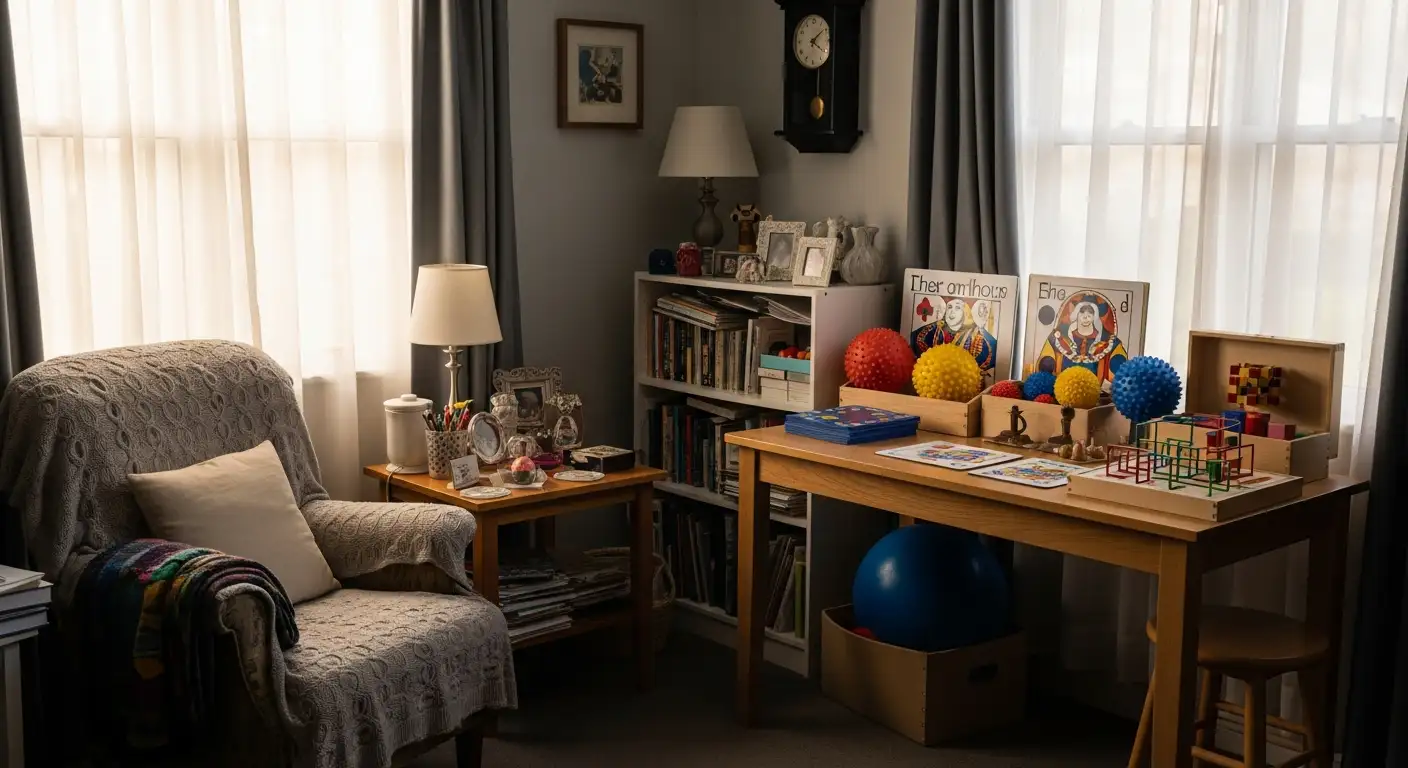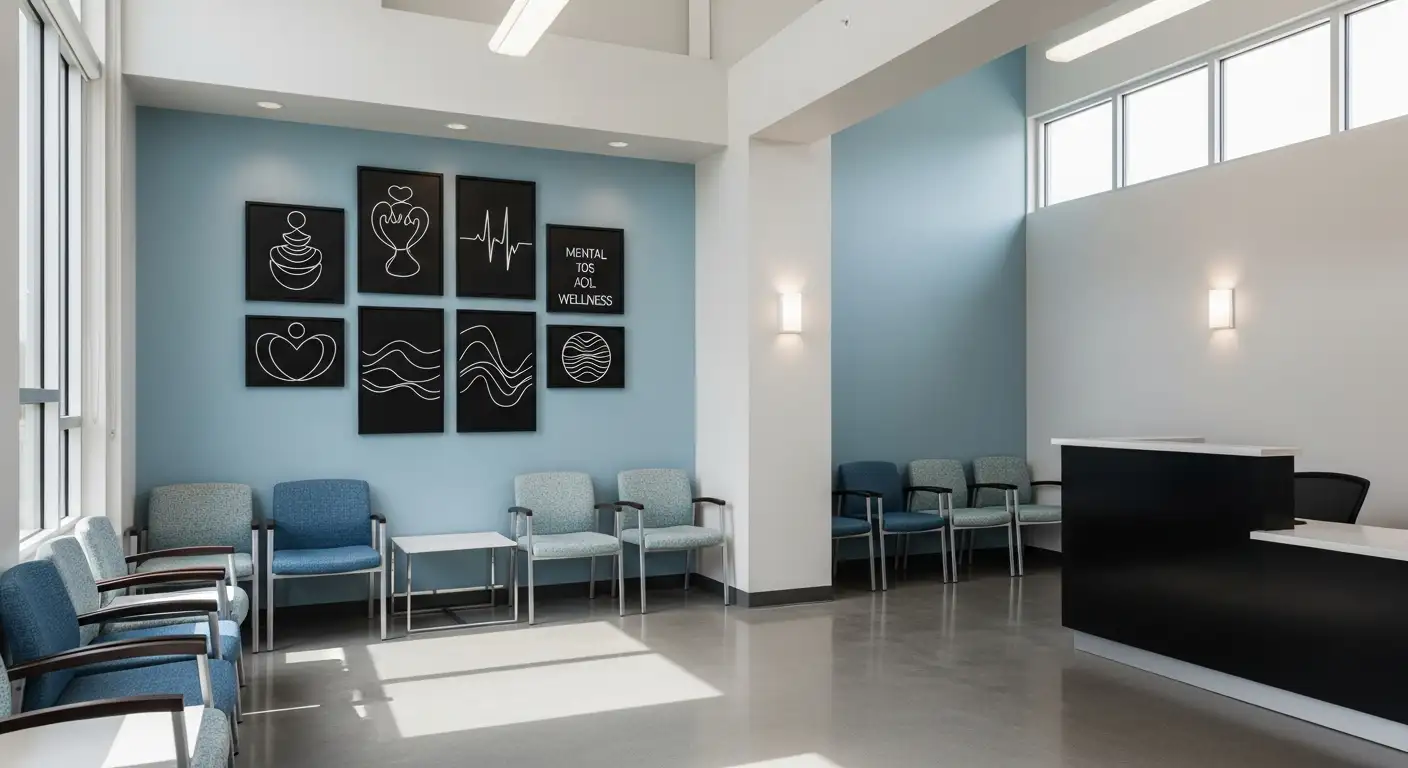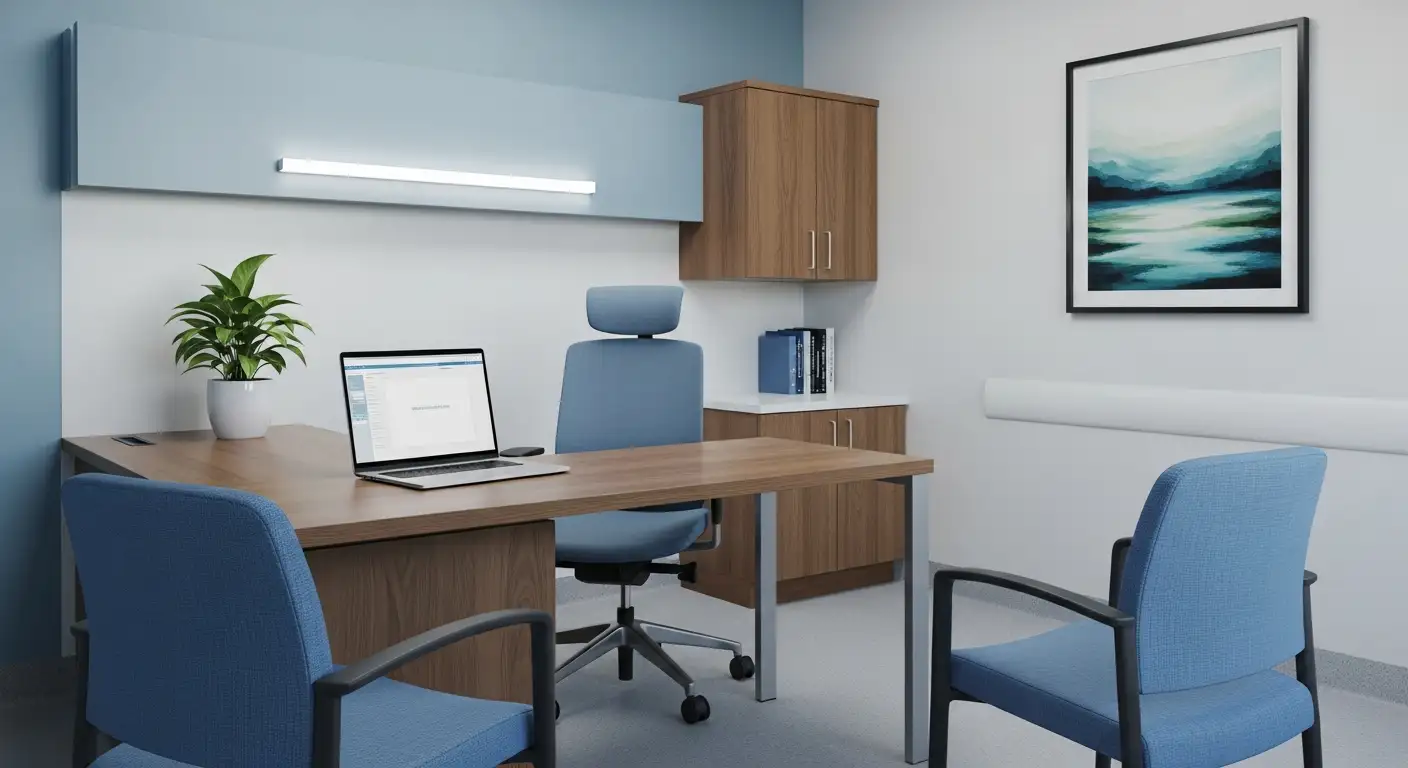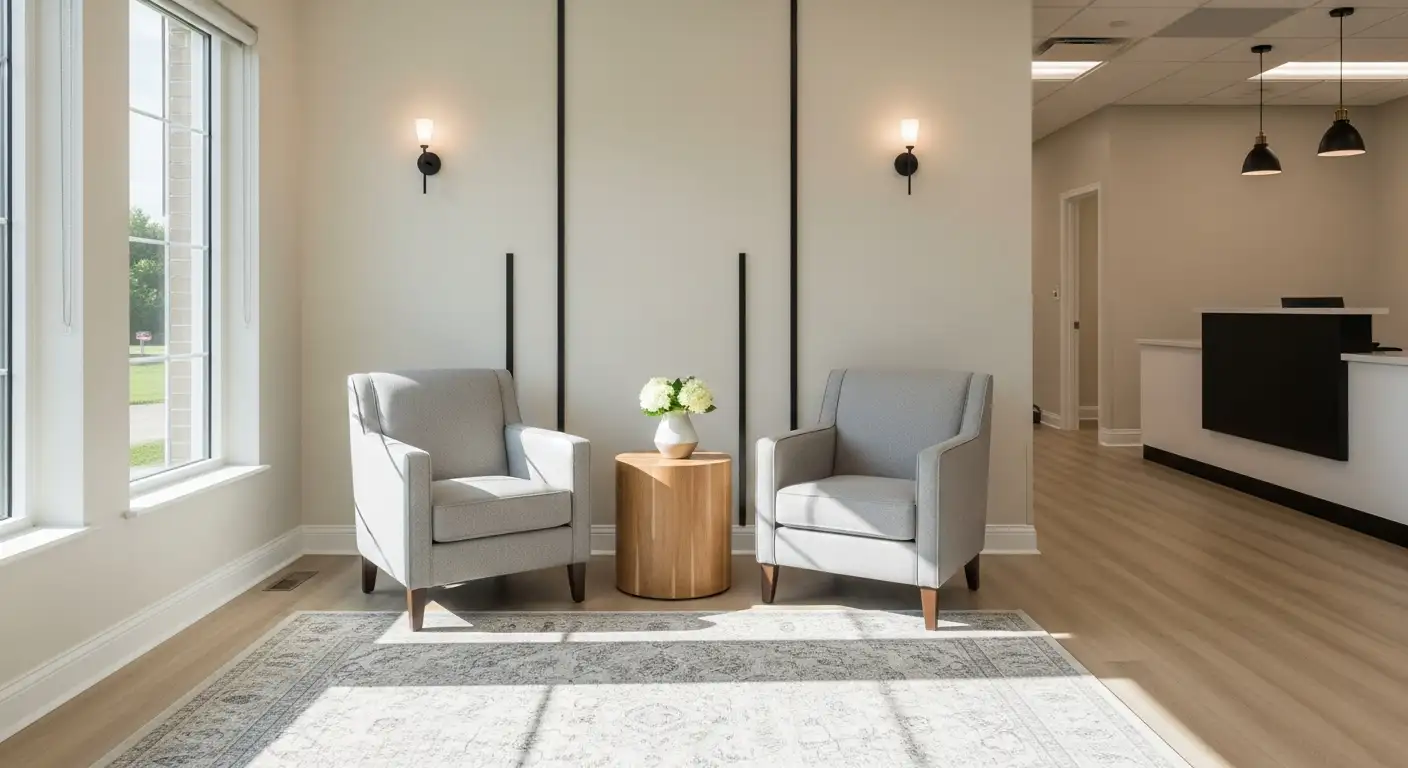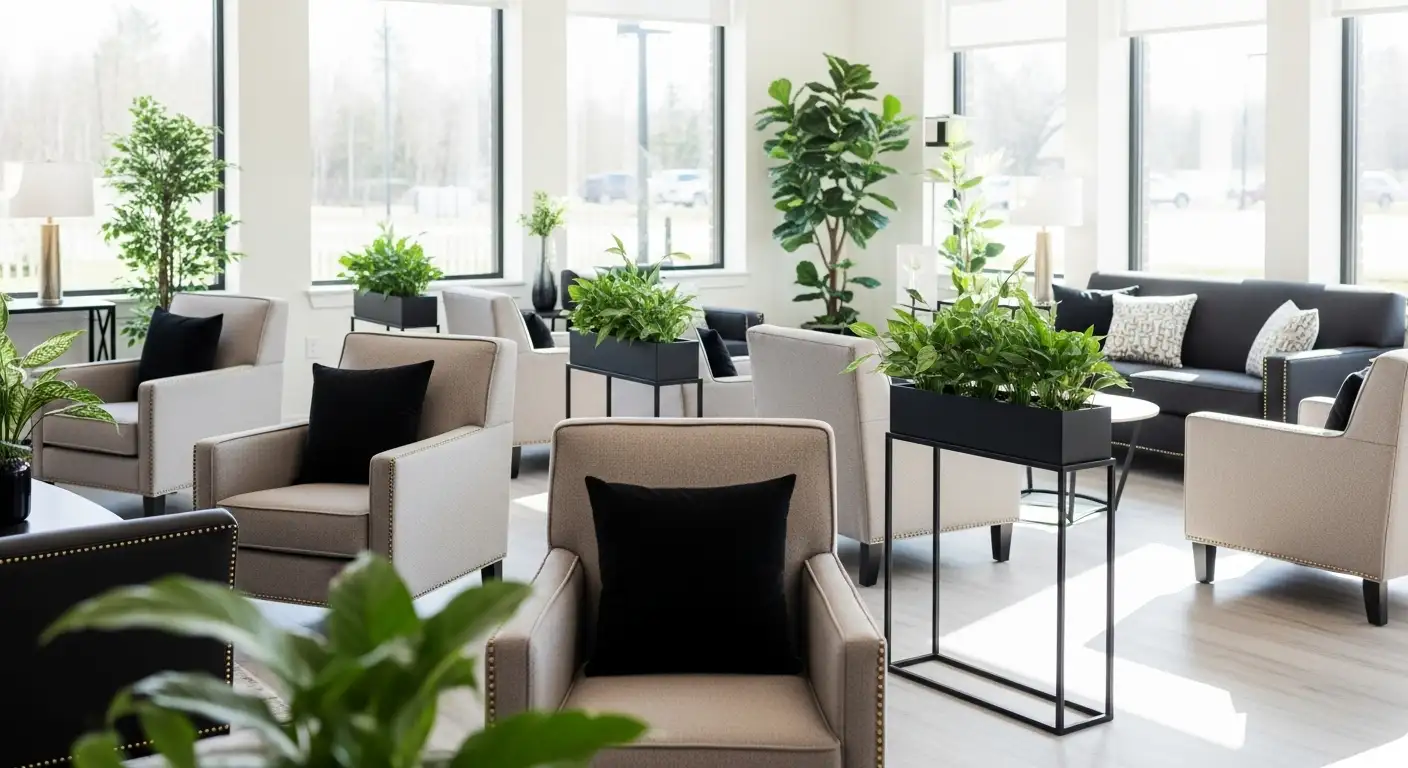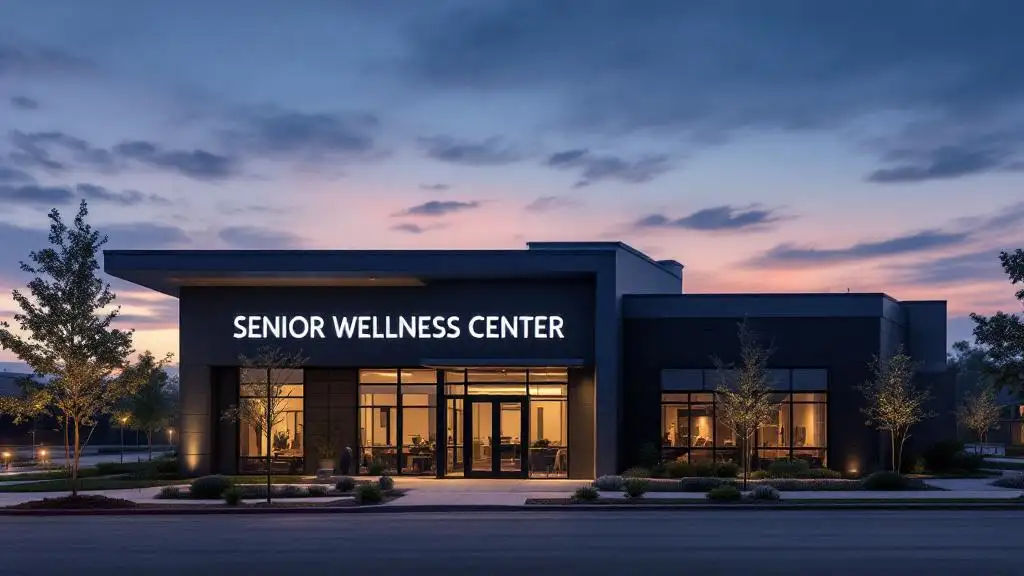Understanding the Foundations of Behavioral Care Planning in Elderly Mobility Challenges
As the aging population grows, addressing the behavioral health needs of seniors with limited mobility becomes increasingly vital. Effective care planning is multi-faceted, encompassing physical, psychological, social, and environmental interventions. This article explores evidence-based strategies, assessment principles, resource considerations, and innovative practices tailored to promote safety, enhance quality of life, and support independence for seniors facing mobility limitations.
Assessment and Development of Personalized Care Plans for Mobility Challenges
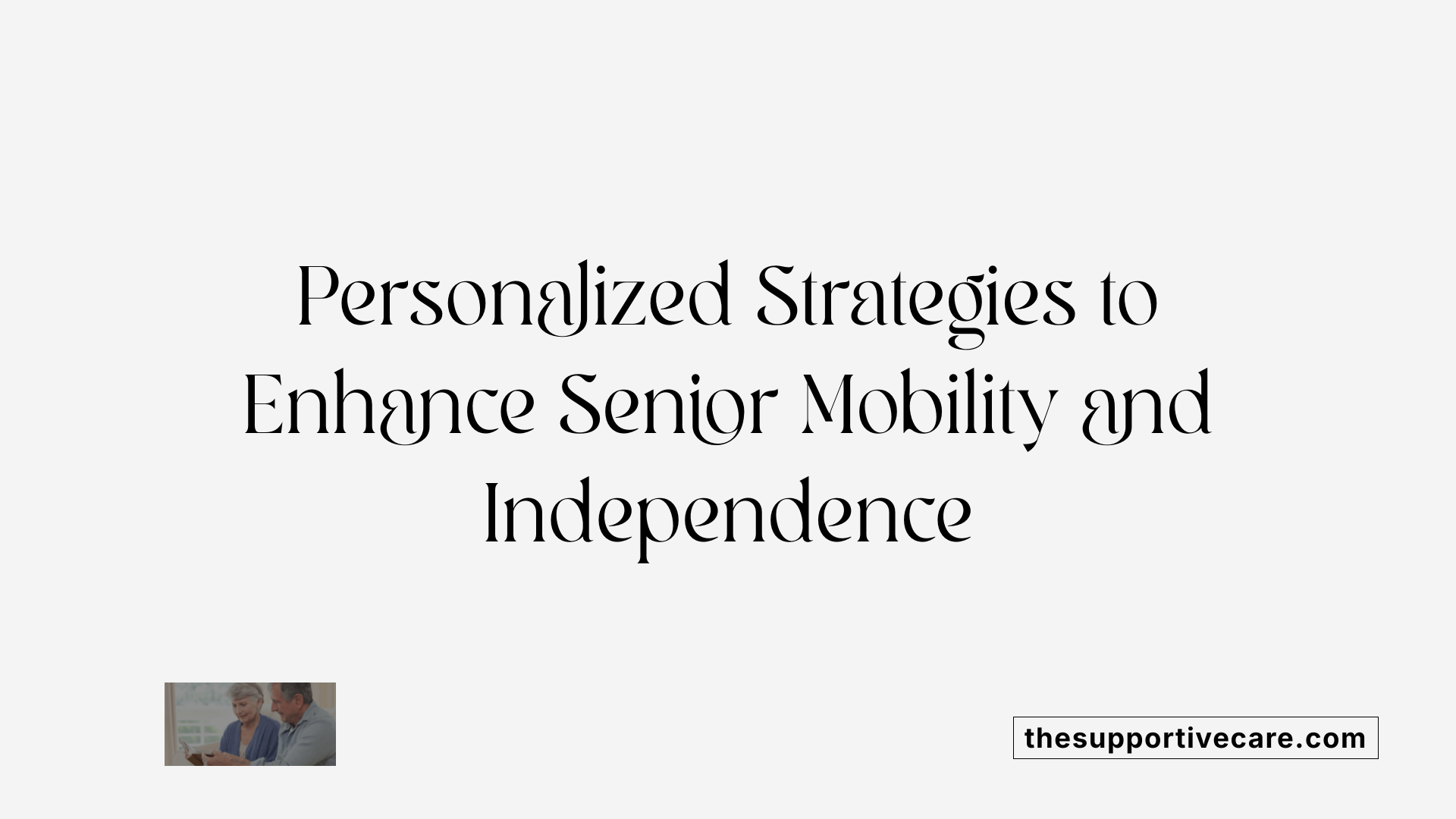
How can personalized behavioral care plans be developed and implemented for older adults with mobility limitations?
Creating effective care plans for seniors experiencing mobility issues requires a tailored approach that considers their unique physical, emotional, and social needs. The process begins with comprehensive assessments involving healthcare professionals, caregivers, and the older adult. These evaluations pinpoint specific limitations, risks for falls, pain points, and environmental factors that may hinder mobility.
Involving a multidisciplinary team is essential. This team may include physicians, physical and occupational therapists, social workers, and mental health professionals. Their collaborative insights help develop a holistic picture of the senior's situation and craft customized interventions.
Setting achievable goals is another crucial step. Goals should be realistic, measurable, and aligned with the senior’s preferences and daily routines. For instance, objectives might focus on improving balance through exercises, maintaining independence in activities of daily living, or enhancing social engagement.
Interventions typically include mobility support, such as assistive devices and home safety modifications, as well as behavioral strategies to encourage movement and prevent isolation. Continuous reassessment—often through follow-up visits and observations—ensures that care plans remain relevant and effective as the senior’s condition evolves.
Education is vital, too. Training caregivers to correctly assist and motivate the elder guarantees better adherence to therapy routines. Clear documentation of the care plan facilitates communication among all involved parties, streamlining care delivery.
Overall, a personalized, adaptive approach promotes the older adult’s independence, enhances safety, and improves overall quality of life, making the care process both effective and respectful of individual dignity.
Physical Activity and Safety Strategies to Maintain Mobility

What are effective ways to help seniors with mobility issues maintain activity levels and safety?
Promoting physical activity is vital for seniors experiencing mobility challenges. Low-impact exercises like chair yoga, resistance training, and water aerobics are particularly beneficial. Chair yoga improves flexibility and balance without putting undue stress on joints, while resistance exercises help maintain muscle strength. Water aerobics offers buoyancy that reduces joint strain, making it suitable for many older adults.
Incorporating social elements, such as group classes or hobby-based activities, encourages regular participation. Social engagement not only boosts physical activity but also enhances emotional well-being, reducing feelings of loneliness.
Safety during activity is crucial. Seniors should use mobility aids correctly, whether walking with a cane or walker, to prevent falls. Home safety modifications, like installing grab bars, non-slip flooring, and ensuring good lighting, create a secure environment.
Regular assessments by healthcare professionals help tailor ongoing activities to individual needs and capabilities. Physical and occupational therapists can develop personalized exercise plans, include fall prevention strategies, and teach proper use of assistive devices.
Educating seniors about techniques for fall recovery and what to do in emergencies builds confidence. Consistent support from caregivers and health providers, combined with achievable goals and positive reinforcement, promotes sustained activity while minimizing injury risk.
Maintaining mobility not only sustains independence but also contributes to overall health, mood, and quality of life, making these strategies integral to long-term care planning.
In-Home Support and Community Resources for Mobility Assistance
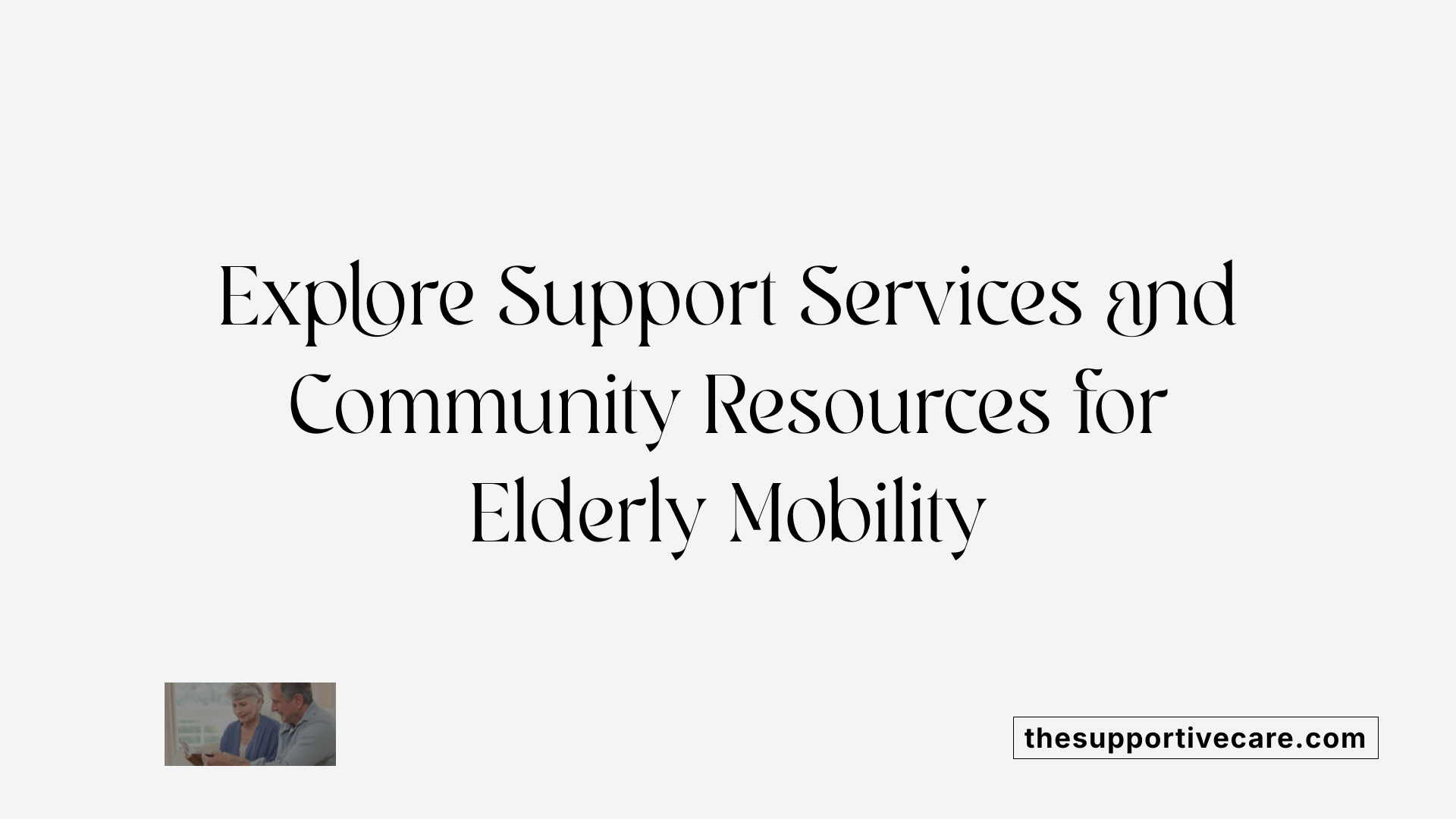
What types of in-home support and free services are available for seniors with mobility challenges?
Seniors facing mobility difficulties can access a variety of in-home services tailored to promote safety, independence, and well-being. Medical support includes home health care services such as medication management, wound care, and physical therapy. These services are designed to handle both short-term recovery needs following hospital stays and the ongoing management of chronic health conditions.
In addition to medical support, help with daily activities is crucial. Assistance with chores such as housecleaning, yard work, grocery shopping, and laundry ensures a clean, safe, and comfortable living environment. Personal hygiene tasks, including bathing, dressing, grooming, and toileting, are also supported to maintain dignity and reduce fall risks.
Volunteer programs, like Senior Companions, offer social interaction and companionship at low or no cost. These services help combat loneliness and social isolation, which are common among seniors with limited mobility.
Nutritional needs are met through meal delivery initiatives, including programs like Meals on Wheels. These services bring nutritious, often tailored meals directly to seniors' homes, supporting proper nutrition especially for those with dietary restrictions.
Transportation services also play an essential role in maintaining independence. Options include community-organized rides, public transit discounts, and ride-sharing services that enable seniors to attend medical appointments or participate in social activities.
For emergency preparedness, wearable medical alert systems are available. These devices can notify emergency responders promptly in case of falls or urgent medical situations, greatly enhancing safety.
To explore further, searching for "in-home services and community programs for seniors with mobility issues" can provide additional resources and support options tailored to individual needs.
Financial and Support Systems for Elderly Mobility Care

Are there programs that provide financial assistance or aid for seniors with mobility issues?
Yes, there are several programs designed to support seniors facing mobility challenges. Federal and state initiatives play a significant role in providing financial aid and services.
One notable program is the Aid to the Aged, Blind, and Disabled (AABD), which offers cash assistance to eligible seniors to help with basic living expenses. This can make it easier for seniors to afford mobility aids and necessary modifications for their homes.
Medicaid, a joint state and federal program, extends its coverage to include healthcare costs that are crucial for seniors with mobility limitations. It helps cover expenses related to mobility aids such as wheelchairs, walkers, and home health services.
Community-based organizations and local agencies also provide targeted resources. For example, the Idaho Department of Health and Welfare and the Idaho Commission on Aging work to offer supportive services that help seniors maintain independence and mobility.
Support for caregivers is equally vital. Respite care services give family members a temporary break from caregiving duties, reducing stress and burnout. Counseling and educational programs for caregivers provide guidance on best practices and emotional support.
These combined efforts ensure that seniors with mobility issues can access financial support, healthcare, and community resources to retain their independence and improve their quality of life.
| Program Name | Type of Support | Eligibility | Additional Services |
|---|---|---|---|
| AABD | Cash assistance | Seniors, disabled individuals | Helps offset living expenses |
| Medicaid | Healthcare and mobility aid coverage | Low-income seniors | Covers mobility devices, in-home care |
| Community Resources | In-home support, mobility aids | Local residents | Respite, counseling, transportation |
Understanding and accessing these programs can significantly improve a senior's ability to remain independent and mobile.
Creating a Safe and Comfortable Environment for Mobility-Limited Seniors
Ensuring safety and comfort for seniors with limited mobility involves multiple strategies that focus on modifying the home environment, using assistive devices, and implementing proper positioning techniques.
Home safety modifications are essential. Installing grab bars in bathrooms, especially near toilets and showers, provides support during transfers and reduces fall risk. Ramps instead of stairs enhance accessibility for wheelchairs or walkers, making movement safer and easier. Non-slip flooring throughout the house, particularly in areas prone to moisture like kitchens and bathrooms, further minimizes slipping hazards. Adequate lighting, including night lights, helps seniors see clearly during nighttime movements, reducing the chance of accidents.
Assistive devices play a critical role in supporting safe mobility. Canes, walkers, and transfer aids such as transfer boards and gait belts help seniors move more securely. These tools assist with standing, walking, and transferring between positions, decreasing the risk of falls and injuries. Proper selection and fitting of these devices ensure maximum benefit and safety.
Pressure relief and skin protection are vital, especially for those who spend long periods seated or in bed. Using pressure-relief cushions, mattresses, and repositioning regularly help prevent skin breakdown and pressure ulcers. Maintaining skin integrity is crucial in individuals with reduced mobility.
Proper positioning and body mechanics during transfers are fundamental. Caregivers should use techniques that protect both the caregiver and the senior, such as bending the knees, avoiding twisting, and keeping the person close to their center of gravity. Positioning the senior to support comfort, prevent contractures, and promote healthy circulation involves regular adjustments and using supportive devices like pillows.
What strategies for assisting a patient with limited mobility safely and comfortably?
Care strategies include proper patient positioning to support comfort and prevent pressure injuries, utilizing assistive devices such as transfer boards, gait belts, and mobility aids to facilitate safe movement. Employing patient-centered communication enhances cooperation during transfers. Adaptations like non-slip flooring, grab bars, and adequate lighting reduce hazards. Regular repositioning minimizes skin breakdown, while involving a multidisciplinary team ensures individualized plans aimed at maximizing safety and comfort.
Behavioral and Environmental Interventions to Prevent Falls
What safety and fall prevention strategies, including behavioral approaches, can be applied to seniors with mobility challenges?
Preventing falls among older adults with mobility issues requires a comprehensive approach that combines physical, environmental, and behavioral strategies.
One of the most effective methods involves structured exercise programs. Activities like Tai Chi, the Otago Exercise Program, and Enhance Fitness have been proven to boost strength, improve balance, and increase confidence in movement. Regular participation in these exercises helps seniors maintain mobility and reduce fall risk.
Environmental assessments and modifications also play a vital role. Removing tripping hazards such as loose rugs, clutter, or uneven flooring can significantly decrease fall risks. Installing grab bars in bathrooms, handrails along stairs, and ensuring rooms are well-lit are simple steps to create a safer living environment.
Assistive devices like canes, walkers, or rollators should be used properly to provide stability, especially on uneven surfaces or when navigating stairs. Proper fitting and regular checks prevent misuse and accidents.
Beyond physical corrections, behavioral approaches are essential. Educating seniors on the importance of safety measures and fall risk awareness encourages proactive behaviors. Confidence-building exercises and participation in programs like Matter of Balance help address fears of falling, which can otherwise lead to decreased activity and further decline in physical ability.
Regular vision and hearing checks complement these strategies, as sensory impairments can contribute to missteps. Additionally, reviewing medications with healthcare providers to minimize side effects such as dizziness is a key aspect of fall prevention.
In summary, combining exercise, home safety improvements, assistive device use, and behavioral education creates a comprehensive fall prevention plan that enhances safety and independence for seniors with mobility challenges.
The Impact of Mobility Loss and the Importance of Early Intervention
What are common causes and signs of sudden loss of mobility in the elderly?
Sudden mobility decline in seniors can be alarming and often requires immediate medical attention. Common causes include falls, which are one of the most frequent reasons for abrupt mobility issues. Infections, such as urinary tract infections or pneumonia, can also lead to sudden weakness or dizziness, impairing movement. Acute health events like strokes are significant contributors, causing sudden paralysis or weakness on one side of the body.
Other causes encompass adverse effects from medications, neuromuscular disorders, dehydration, or complications from chronic illnesses like diabetes or heart disease. Sometimes, medication side effects or interactions can also impair coordination or cause dizziness.
Signs that suggest urgent medical evaluation are varied. These include difficulty initiating movement, sudden dizziness, unsteady or waddling gait, or unexpected falls. A recent fall combined with pain or limb weakness also warrants prompt assessment.
Recognizing these signs early and seeking immediate medical help can prevent further health decline. Rapid diagnosis allows for treatment of the underlying issue, which might include medication adjustments, infection management, or emergency interventions like stroke care. Quick response is crucial to restore mobility, reduce the risk of additional falls or injuries, and maintain independence.
Understanding the causes and signs of sudden mobility loss emphasizes the importance of prompt action, enabling seniors to receive the care necessary to recover or adapt to their changing physical condition.
Guiding Principles and Policies for Behavioral Health and Long-term Care
What policy, research, and data inform behavioral health and long-term care strategies for elderly individuals with limited mobility?
Policies and research efforts play a crucial role in shaping effective care approaches for seniors with mobility challenges. Current strategies are guided by a combination of evidence-based studies, government policies, and performance data.
Research highlights the importance of environmental adaptations, promoting physical activity, and integrated care models that combine behavioral and physical health support. These findings emphasize the need for a holistic approach to enhance mobility and mental well-being.
Policy frameworks support aging in place by ensuring accessibility, safety, and community-based services. These policies facilitate the development and funding of programs that enable seniors to live independently while receiving appropriate assistance.
Data collected from performance indicators—such as fall rates, pressure ulcer prevalence, and mobility outcomes—provide insights into the effectiveness of current practices. This information helps policymakers and healthcare providers identify areas for improvement and allocate resources efficiently.
Advances in technology also influence care strategies. The integration of assistive devices and smart home systems, like fall detection sensors and automated lighting, improve safety and independence. Ongoing research continues to refine these innovations.
Multidisciplinary models involving healthcare professionals across physical, behavioral, and social domains are essential for comprehensive management. Collaboration with community organizations and support networks enhances quality of life for seniors with limited mobility.
| Aspect | Focus Area | Supporting Data or Research |
|---|---|---|
| Policy | Aging in place, accessibility policies | Legislative support for home modifications and services |
| Research | Environmental modifications, activity promotion | Studies showing reduced fall risk with environmental changes |
| Technology | Assistive devices, smart home systems | Evidence of improved safety and independence |
| Care Models | Multidisciplinary teamwork | Successful outcomes in mobility and mental health |
| Data and Performance Metrics | Fall rates, pressure ulcer cases, mobility outcomes | Benchmarking and progress measurement tools |
In summary, combining comprehensive policy measures, ongoing research, and technological advancements ensures that long-term care strategies are responsive and effective. This integrated approach supports the mobility, safety, and overall well-being of elderly individuals, empowering them to maintain independence and dignity in their daily lives.
Fostering Independence and Safety through Comprehensive Care Strategies
In conclusion, effective behavioral care planning for seniors with limited mobility necessitates a holistic, personalized approach combining assessment, environmental adaptations, targeted exercises, resource support, and behavioral interventions. Collaboration among healthcare providers, family members, and community services is essential to meet the physical, emotional, and psychosocial needs of this vulnerable population. By implementing evidence-based strategies and leveraging available programs and policies, caregivers and professionals can significantly enhance safety, prevent injuries, and promote a higher quality of life, empowering seniors to maintain independence and dignity in their daily lives.
References
- Services for Older Adults Living at Home | National Institute on Aging
- [PDF] Responding to Behaviours Due to Dementia
- Living With Limited Mobility: How a Support System Can Help
- [PDF] Coordinated Care Plan to Prevent Older Adult Falls - CDC
- Assessment and Care Planning for the Frail Elderly: A Problem ...
- Assisted Living for Seniors with Mobility Challenges | HBRC
- Impaired Physical Mobility Nursing Diagnosis & Care Plans
